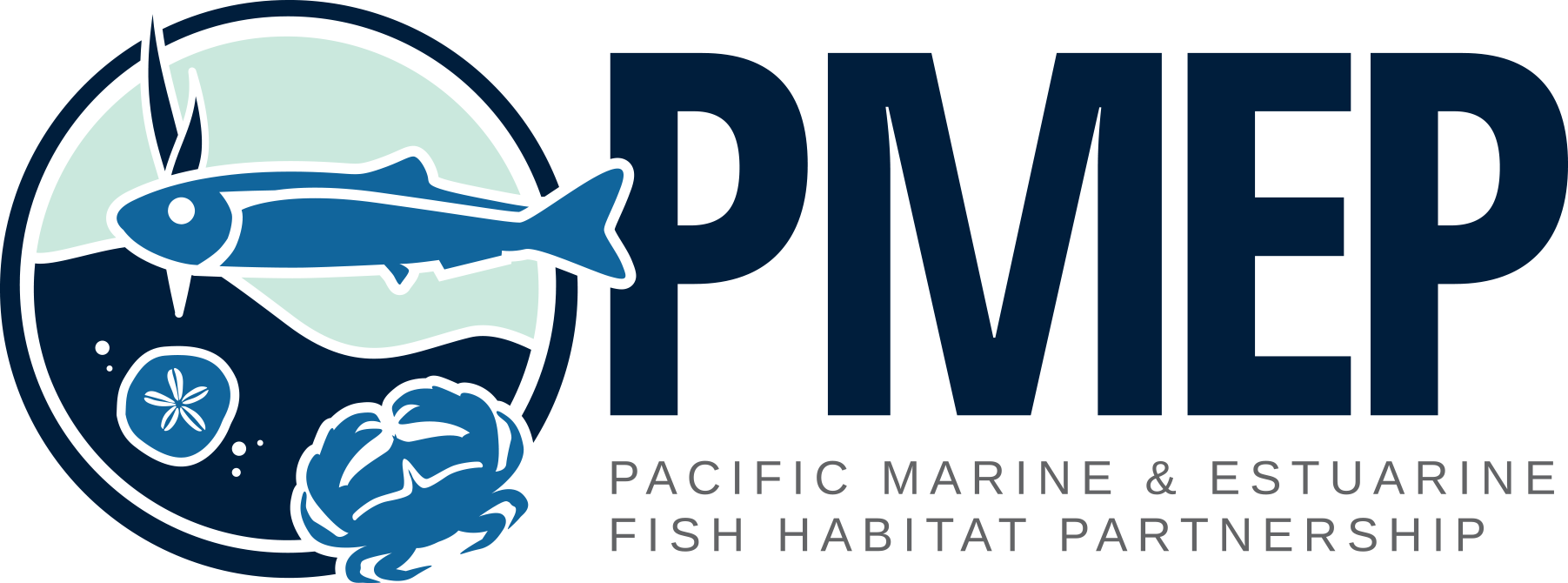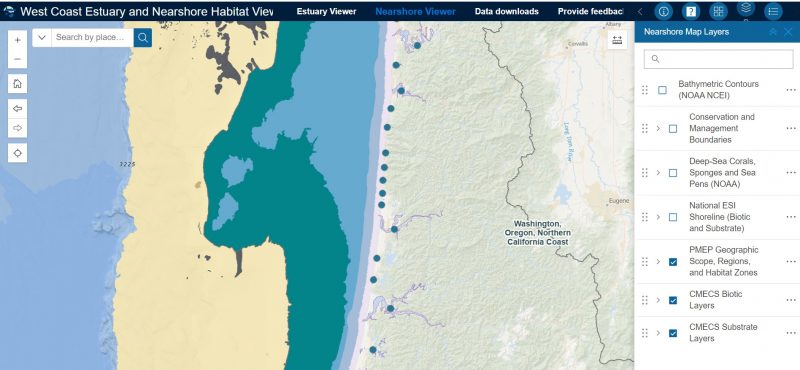These half-day symposiums are the second and third in a series of virtual symposiums bringing together experts in the field of estuary restoration along the U.S. West Coast to explore effective estuary restoration topics.
2025 symposium will explore:
- Blue Carbon in the context of fish habitat
- Data and monitoring protocols and guidance
- Collaborative platforms for restoration practitioners.
The symposiums are designed to support estuary restoration practitioners and will include opportunities to share techniques, ask questions, and build a community of practice.



